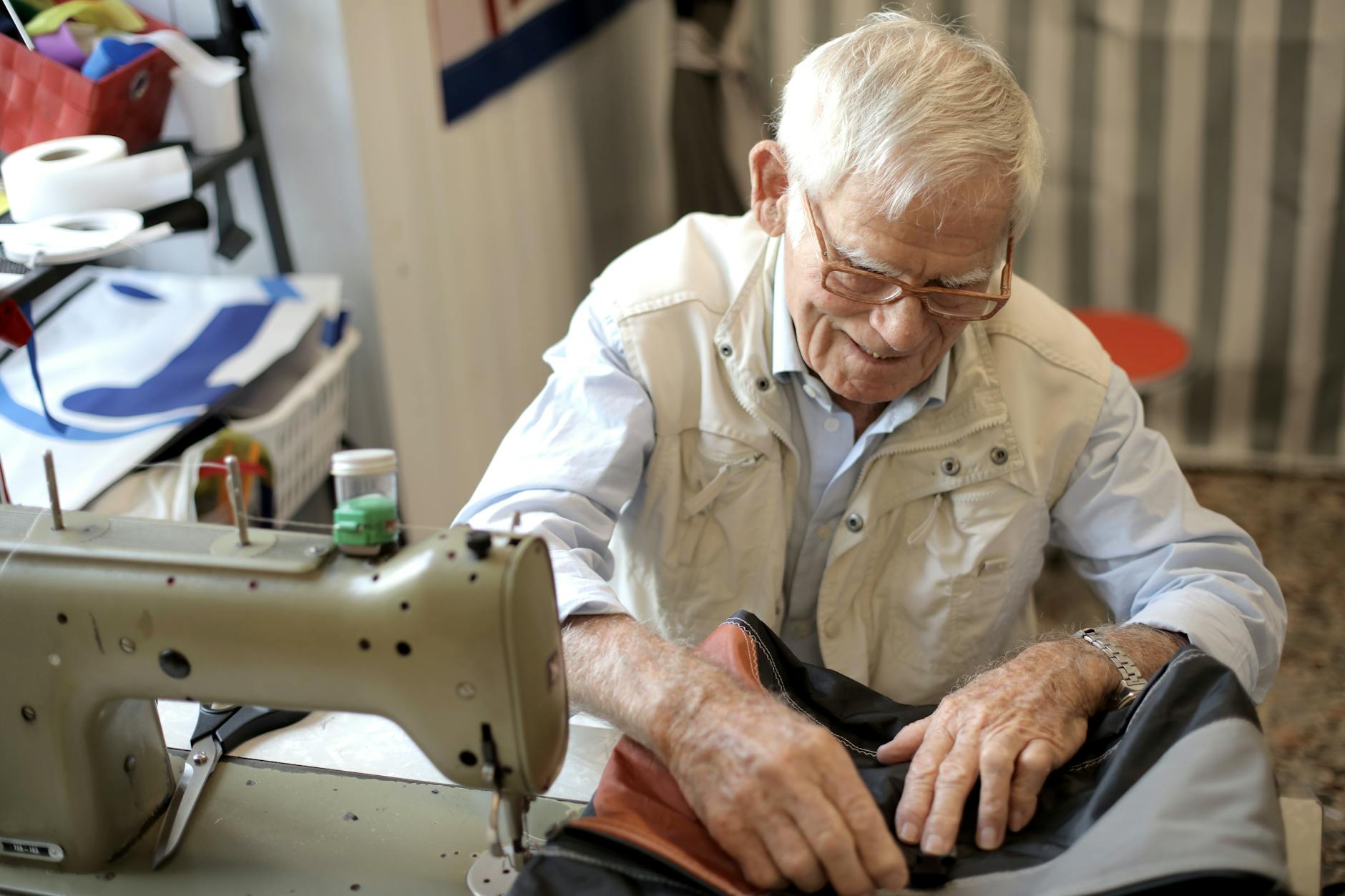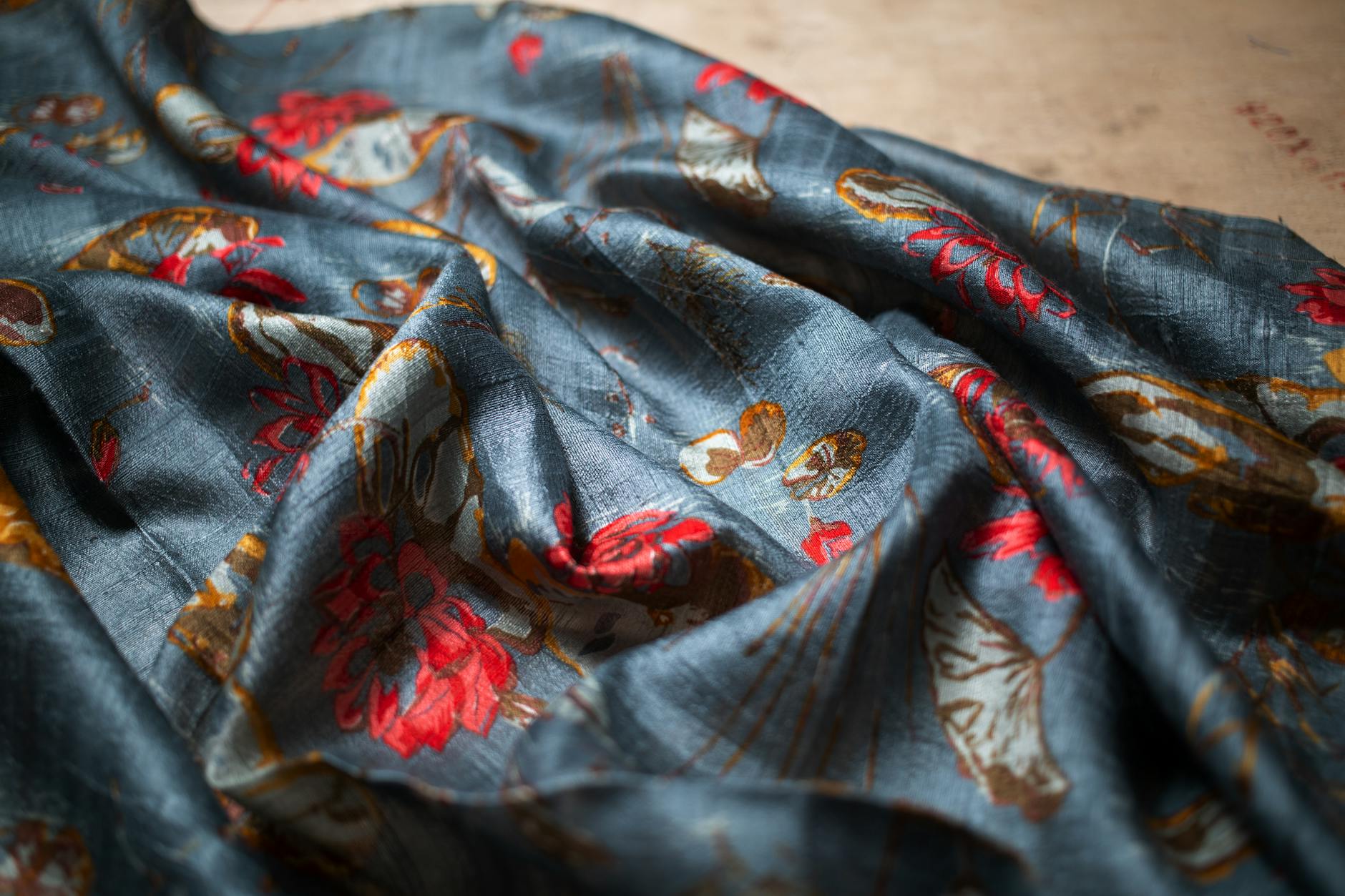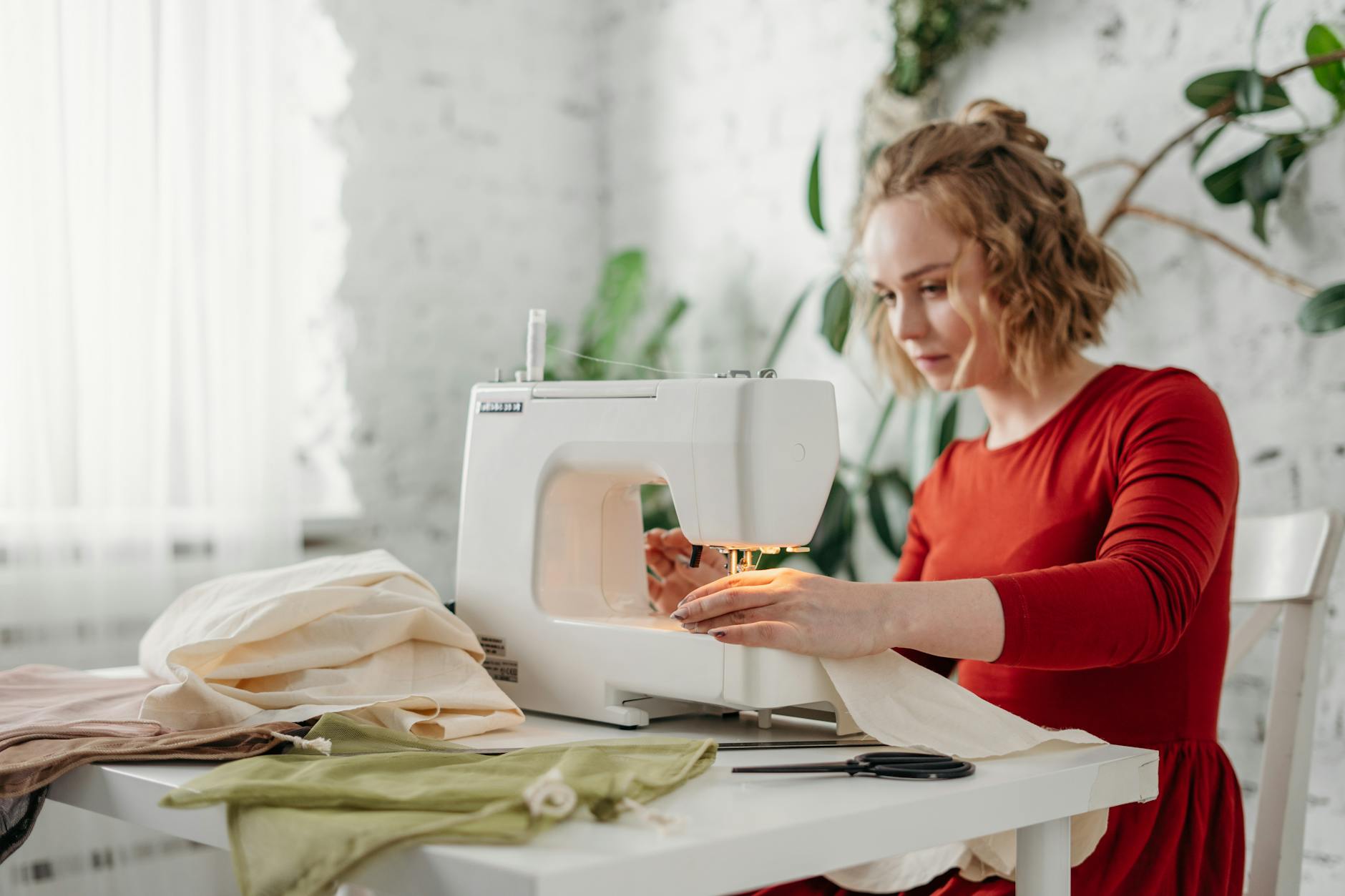In the rich tapestry of human history, the humble sewing machine stands as a testament to innovation and craftsmanship. The origins of this indispensable tool can be traced back to the late 18th century, when pioneers like Thomas Saint and John Duncan laid the groundwork for its evolution. Fast forward to the 19th century, and the sewing machine underwent a revolutionary transformation, thanks to the groundbreaking inventions of Elias Howe and Isaac Singer.
The impact of these advancements was profound, shaping not only the textile industry but also the social and economic landscape. The mass production made possible by sewing machines ushered in a new era of garment manufacturing, empowering individuals and fueling the rise of the ready-to-wear fashion industry.
As we unravel the fascinating history of the sewing machine, we uncover stories of ingenuity, resilience, and, at times, scandal. From narrowly escaping obscurity to sparking an industrial revolution, the journey of the sewing machine mirrors the tenacity of human spirit and the power of innovation. Join us as we delve deeper into this captivating narrative, exploring the threads that weave together the history of the sewing machine.
Early Beginnings of Sewing
Sewing, an ancient craft, has been essential to human survival for millennia. The history of sewing dates back to early human civilization, where various manual techniques were employed prior to the invention of sewing machines.
Prehistoric Sewing Methods
The origins of sewing can be traced back to prehistoric times when early humans utilized bone needles and animal sinew or plant fibers to stitch animal hides together for warmth and protection. These early techniques laid the foundation for the development of more sophisticated sewing methods in ancient civilizations.
 Photo by Pixabay
Photo by Pixabay
First Sewing Needles and Threads
The invention of the first sewing needles marked a significant advancement in sewing history. Initially crafted from bone, these needles evolved over time, with metal needles eventually coming into existence. Threads were made from a variety of materials, including animal tendons, plant fibers, and eventually silk, linen, and cotton, enhancing the durability and versatility of early sewing techniques.
 Photo by Teona Swift
Photo by Teona Swift
Invention of the First Sewing Machine
The invention of the first sewing machine marked a pivotal moment in the history of textile production. Here’s a look at the groundbreaking early designs that set the stage for the future of sewing technology.
Thomas Saint’s Sewing Machine Design
Thomas Saint is credited with creating a design for the first sewing machine in 1790. His concept detailed a hand-cranked machine intended for leather and canvas stitching. This revolutionary invention showcased a basic yet innovative mechanism that laid the foundation for the sewing machines we use today.
 Photo by Andrea Piacquadio
Photo by Andrea Piacquadio
Elias Howe’s Sewing Machine Patent
Elias Howe’s sewing machine patent, filed in 1846, introduced key advancements that significantly improved the efficiency of sewing machines. His invention featured a lockstitch design and a needle with an eye at the point. These developments were monumental in revolutionizing the textile industry, paving the way for mass production and garment manufacturing.
Stay tuned as we delve further into the evolution of sewing machines and the notable milestones that have shaped their history.
Revolutionizing Textile Industry
The invention of the sewing machine revolutionized the textile industry, leading to significant advancements in clothing production and the overall fashion landscape. Let’s delve into how this invention brought about a paradigm shift in the textile industry.
Mass Production and Industrialization
With the advent of the sewing machine during the industrial revolution, there was a dramatic shift from hand-sewn clothing to mass-produced garments. This transition drastically increased the pace of textile manufacturing, enabling the creation of clothing on a much larger scale than ever before. As a result, the production process became more efficient, allowing for the mass production of a wide variety of clothing items.
The sewing machine played a pivotal role in the industrialization of the textile industry, leading to the establishment of large-scale garment factories. This shift towards mass production not only met the increasing demand for clothing but also laid the foundation for modern manufacturing processes.
 Photo by HONG SON
Photo by HONG SON
Impact on Fashion and Clothing Styles
The widespread adoption of sewing machines had a profound impact on fashion and clothing styles. With the ability to produce clothing more rapidly and affordably, the sewing machine democratized fashion by making stylish attire accessible to a broader segment of society. This accessibility led to the diversification of clothing styles, as designers and manufacturers were able to experiment with new designs and trends.
Furthermore, the sewing machine facilitated the production of intricate and elaborate designs, leading to the popularization of embellishments and detailed patterns in clothing. This innovation not only transformed the way clothing was made but also influenced the evolution of fashion, shaping the trends we continue to see today.
 Photo by maadhuri g
Photo by maadhuri g
The Rise of Popular Sewing Machine Brands
Sewing machine brands have played a significant role in shaping the history of sewing. From pioneering innovations to widespread accessibility, these brands have left a lasting impact on the world of sewing.
Elias Howe’s Sewing Machine Company
Elias Howe’s invention of the lockstitch sewing machine revolutionized the textile industry. In 1846, he founded the first American sewing machine company, laying the foundation for modern machine sewing. Howe’s contributions to sewing technology set the stage for the mass production of clothing and textiles, forever changing the way garments were crafted.
 Photo by cottonbro studio
Photo by cottonbro studio
The Influence of Isaac Singer’s Sewing Machines
Isaac Singer’s name became synonymous with innovation in the sewing world. His introduction of the first practical and efficient sewing machine for home use democratized sewing, making it accessible to people from all walks of life. The establishment of Singer’s sewing machine company accelerated the spread of this revolutionary technology, empowering individuals to create and mend their garments with unprecedented ease.
For a deeper understanding of the evolution of sewing machines, check out these additional resources:
- History of the Sewing Machine: A Story Stitched In Scandal
- The Many, Many Designs of the Sewing Machine
- Sewing Revolution: The Machine That Changed America
- Today in History – July 9
- Sewing machine | Home Use, Embroidery & Quilting
Modern Innovations in Sewing Technology
In the 20th and 21st centuries, sewing technology has seen remarkable advancements and innovations, revolutionizing the art of sewing and embroidery. Let’s explore two key innovations: computerized sewing machines and embroidery and quilting machines.
Computerized Sewing Machines
Computerized sewing machines have transformed the way people approach sewing projects. They offer programmable stitch patterns, precise thread tension adjustment, and automatic buttonholing. With intuitive digital displays and touchpad controls, these machines provide an unprecedented level of precision and customization, making intricate stitching and embellishments more accessible than ever. Some models even have built-in tutorials and connectivity options, allowing enthusiasts to access an array of designs and techniques.
 Photo by cottonbro studio
Photo by cottonbro studio
For more on popular sewing technology trends, check out 10 Popular Sewing Technology Trends.
Embroidery and Quilting Machines
Embroidery and quilting machines have undergone significant technological enhancements, enabling users to effortlessly create intricate designs and patterns. These machines offer automatic thread cutting, precise positioning, and extensive design libraries, empowering users to explore their creativity with ease. From personalized monograms to elaborate quilting patterns, the capabilities of these machines have expanded dramatically, catering to both hobbyists and industry professionals.
For insights on how to leverage the latest sewing technology in your garment factory, visit How To Use The Latest Sewing Technology In Your Garment Factory.
These innovations in sewing technology have not only streamlined the sewing process but have also opened up a world of creative possibilities, allowing individuals to express their unique style with precision and flair.
Conclusion
The invention of the sewing machine has left an indelible mark on textile production, igniting a revolution that propelled the industrial era into full swing. By shifting the burden of sewing from individual households to large-scale factories, this ingenious contraption not only increased productivity but also influenced the trajectory of women’s roles in society.
In modern times, the enduring relevance of the sewing machine persists as it continues to empower individuals to unleash their creativity and entrepreneurship through sewing, quilting, and crafting. Its impact on the textile industry echoes through time, serving as a testament to the enduring legacy of this remarkable invention.
The sewing machine’s influence on society resonates in the way it shaped the urban workplace and apartment life, transforming the traditional landscapes of labor and domesticity. As we thread our way through the tapestry of history, the sewing machine stands as a vibrant and colorful stitch in the fabric of human innovation and progress.
Sources:
- How Did the Sewing Machine Impact the Industrial Revolution?
- The Sewing Machine and How It Impacted the World
- Sewing Revolution: The Machine That Changed America
- The Complete History of a Sewing Machine
- How the Sewing Machine Transformed Society